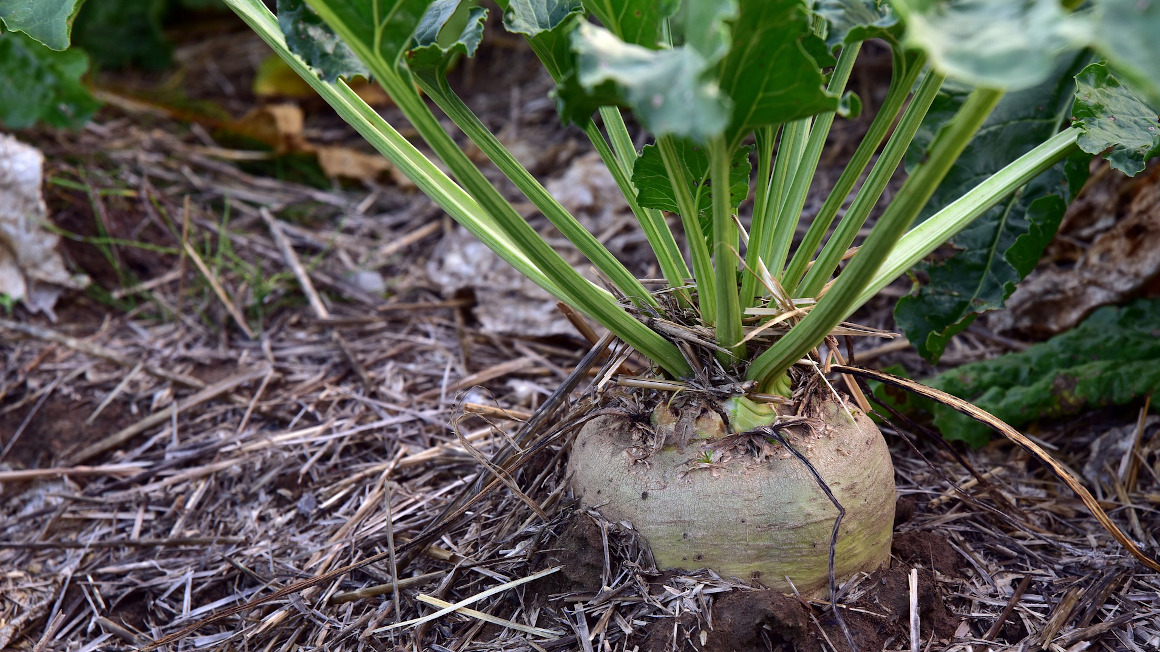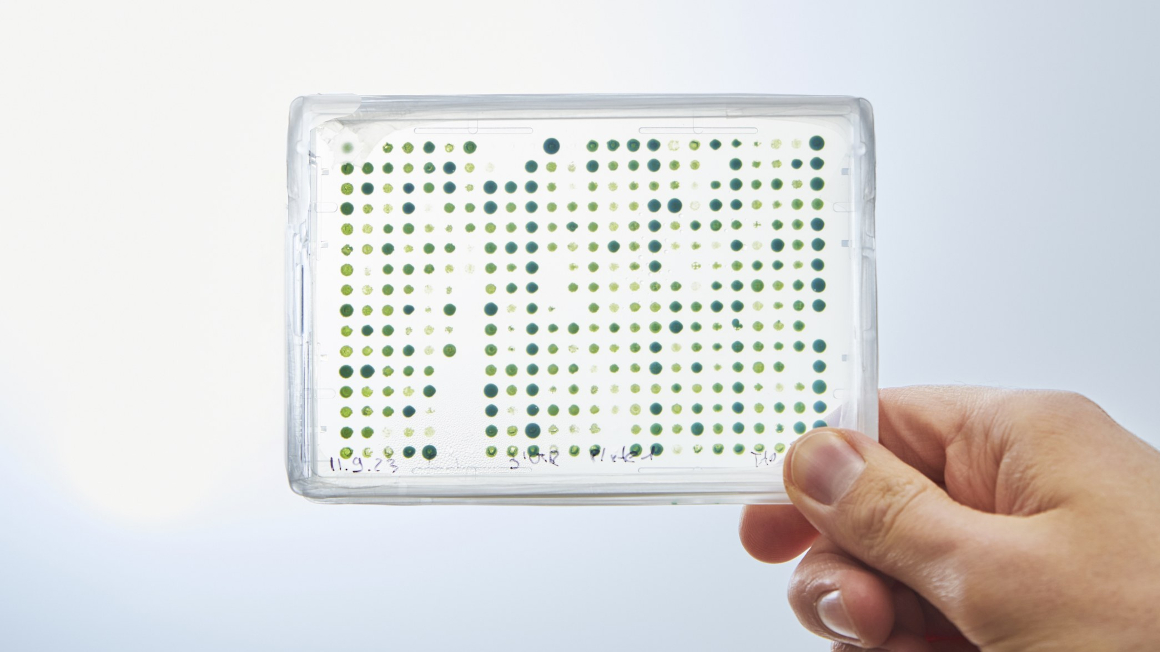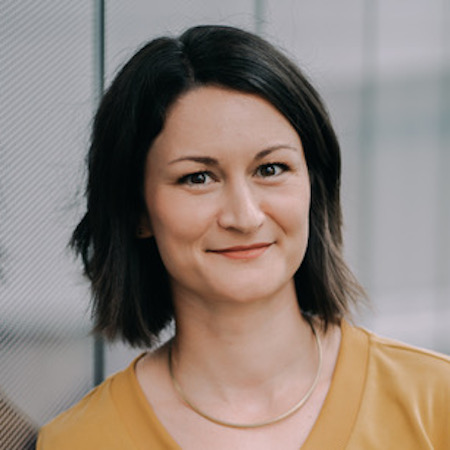Covestro: Towards bio-based aniline
Covestro and its partners have developed a process to obtain the important chemical aniline from biomass. The process is now being scaled up to pilot production.

Aniline is an important component in the production of the plastic polyurethane, which is used for numerous everyday products such as mattresses or insulating materials. Until now, the chemical has been produced mainly on the basis of petroleum. Covestro, as one of the world's leading aniline producers, is breaking new ground. The Leverkusen-based materials manufacturer wants to produce the important chemical from plant biomass. The foundations for this were laid in recent years as part of the Bio4PUR and Bio4PURPro projects. In the recently launched follow-up project Bio4PURDemo, Covestro now wants to transfer the process to industrial scale.
Aniline produced from biomass
Since 2016, Covestro has been working with partners to produce biobased aniline from plant-based raw materials such as straw or sugar beet. The process uses microorganisms that process the biomass into a central aniline precursor and then convert it to aniline under the action of heat.
Central aniline precursor produced on a ton scale
As part of the Bio4PURPro project, both the yields and the concentrations of the microbiological conversion were significantly improved and the process steps for fermentation and purification were carried out on an industrial scale. As a result, a central aniline precursor was produced on a ton scale, which was ultimately further processed into the polyurethane precursor methylene diphenyl diisocyanate (MDI) as well as polyurethane itself.
First test products prove their worth
The first test products have already been successfully manufactured from the bio-based aniline. For example, the MDI produced from it was used in typical polyurethane applications such as insulating insulation, viscoelastic foam or as a concrete coating, and could easily compete with its petroleum-based counterparts.
The Covestro research team is now taking the chemical conversion of the precursor to aniline from laboratory to pilot scale. The goal is to close the last gaps in knowledge for the construction of a demonstration plant. The Bio4PURDemo project is coordinated by Covestro and funded by the German Federal Ministry of Food and Agriculture.
bb


